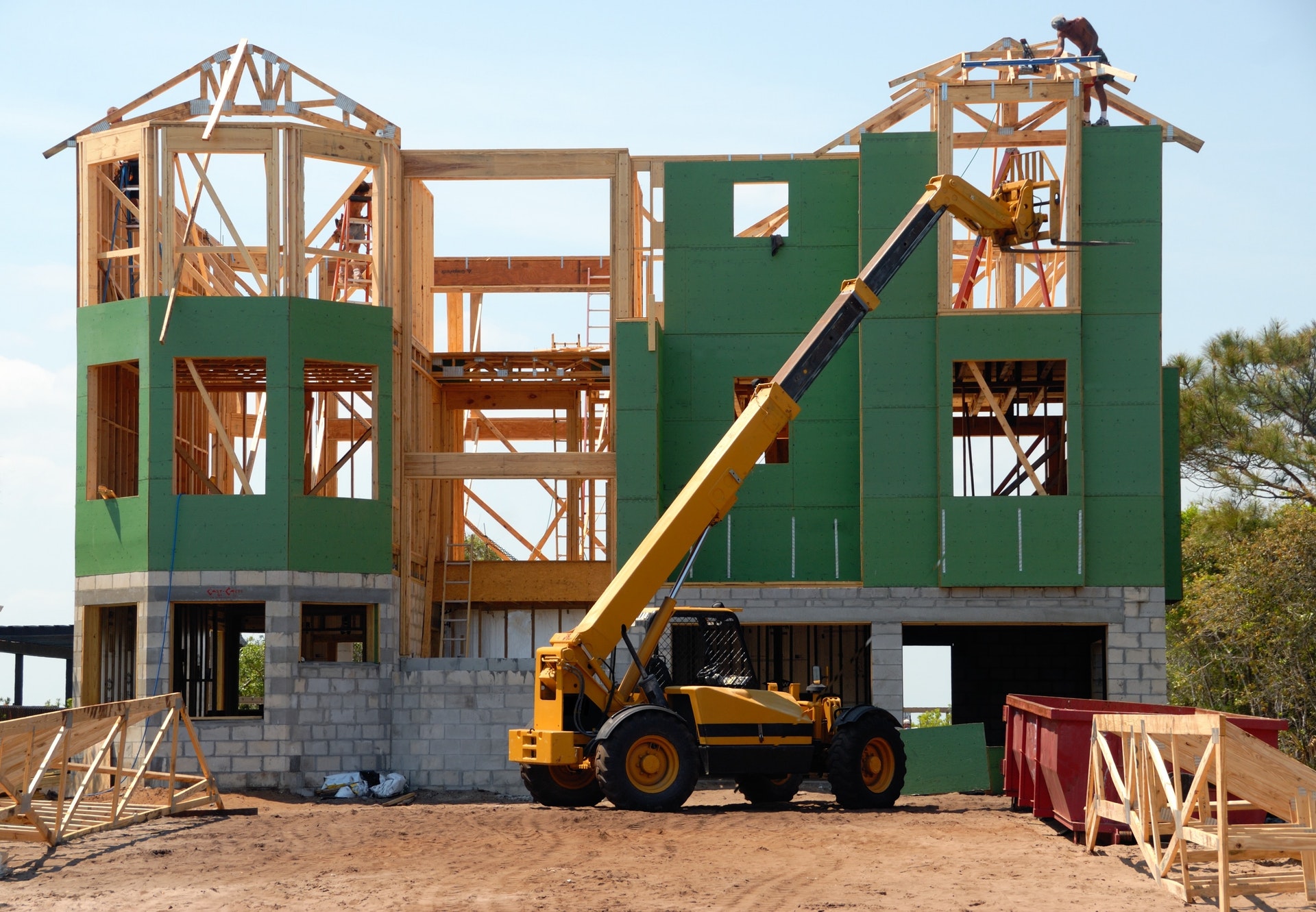Constructing your own home is a dream that most people have, since they are able to build and design it as they wish, as compared to buying an already constructed house. Unfortunately, however, construction has become one of the most expensive undertakings in recent years.
Raw construction materials are pretty expensive, as inflation keeps going higher and higher year after year. Other than that, labor is also a cost that is changing over time, and even finding the right people to do a good job for you is a pretty big deal.
So, in light of this, it is important to find ways of building your home on a budget. This doesn’t mean that you forgo some of the things you have always desired to have in your home, but rather, making your dream happen with the available resources. Here are some tips on how you can build your house on a budget.

Consider Using Alternatives for the Materials
This is an obvious option when you are trying to save on money. Use cheaper and alternative materials that will either be easily accessible and effective in giving you the end result you are looking for. When working out the project specs, always have a “Plan B” with alternative materials to be considered.
Examples of these types of materials include recycled ones that are in some cases better options. For example, recycled steel is a good option and although it has been refined and reused again, it shall still be structurally sound and will last for decades.
Come Up with a Budgeted Plan
Before you even start the project, it is important to plan for it first, then, ensure that the construction teams are aware of the budgeted plan and how they can conserve costs in the planning phase, and most especially include budget-conscious ideas.
For example, the initial plan should outline some specific limits for manual labor, the number of personnel to hire, and the materials to use. You should also plan the time and production times for the workers as well.
Streamlining Your Communication
Throughout the project time, there will be multiple parties involved in the process and this is true for both the homebuilding as well as the residential projects.
In general, ensure that you have a contractor and a few other subcontractors, who will carry the idea behind the project. When you have poor communication, you will end up with a ballooned project that does not meet your needs and expectations.
It is therefore vital to have a proper channel of communication for all the parties involved in the project. This doesn’t just improve on the final build, but it also provides for better management and speed of work in progress.
Reducing Excess Construction Wastage
For a well sustainable process of construction, you shall need to reduce excess wastage, especially of the materials at the site. This ensures that you make use of what is needed, and do not end up with an escalated budget due to the waste materials.
Avoid Change Orders
Doing last-minute fixes and changes is what we call “Change Orders,” and it stems from poor planning and a few other reasons. This happens mostly during the final process of review and inspection, where you might feel that the end product is not exactly what you had in mind.
Good practice however would be to only do change orders for the mission-critical issues only, such as where there are serious errors or emergencies. Small upgrades and revision requests should be handled as early in the development process as possible, so as to cut down on the impact of money, time, and resources.
Making it work will necessitate you to have an interim review early on, by walking through the project before it’s over, so as to give the workers ample time and opportunity to work on your extra suggestions and revisions.

Conclusion
Doing a construction project is never easy, and as such, you need to have a well-defined plan from start to finish to ensure you have as little headache and stress with the process as possible. From the get-go, have the right team in place and you shall be a happy homeowner in the end. All the best.



